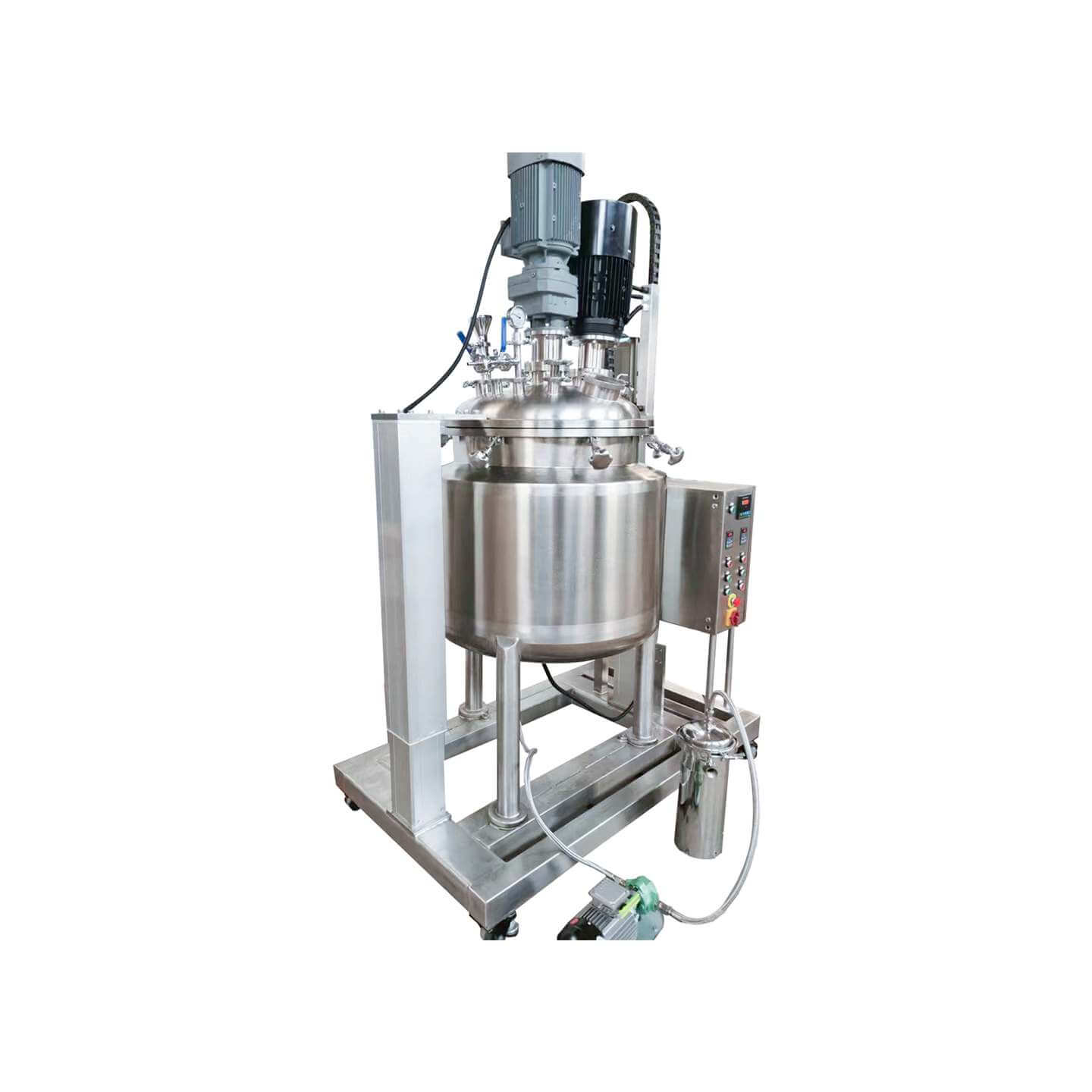

Laboratory Reactor
Laboratory reactor: used in the chemical industry, pesticide, paint, and other fields
Material
glass, stainless steel (316, 304), carbon steel, others
Capacity (L)
10-10000+
Mixing system
anchor, paddle, frame and others
Heating system
electric heating, oil heating and others
The laboratory reactor is small in size, beautiful in appearance, light, and fast in installation. It is composed of a pot body, pot cover, stirrer, jacket, support and transmission device, shaft sealing device, etc. The type of stirring device, rotation speed, sealing structure, heating method, etc. are produced.
Request a quoteIn the face of increasingly harsh laboratory reactor conditions: high temperature, high pressure, corrosion, stirring methods, and other requirements, how can we reasonably and correctly choose a suitable one for our use and can quickly complete the experiment? Now there are more and more types of reactors, and our options are wider, so it will also increase the difficulty of our selection. In general, there are the following types of reactors, and their corresponding characteristics and functions. A certain type of laboratory reactor is introduced in detail. The conditions that the kettle is suitable for can better help everyone understand the laboratory reactor and its selection.

Laboratory reactor classification
1. The fully automatic reactor has a desktop micro-reactor. It adopts the integrated design of the whole machine, Chinese menu, new touch screen operation; quick-opening structure, easy to operate, can realize the unattended function, greatly improve the efficiency of laboratory work, and use a safer and more convenient manipulator between the kettle body and the kettle cover The quick disassembly method of the snap ring greatly facilitates the disassembly of the reactor. The TP-Controller controller system is used to realize temperature, revolution control, and data storage and acquisition of temperature/revolution/pressure/torque, and data export function can be realized.
2. The micro-reactor series is suitable for the reaction of a small number of samples. It is an ideal reaction device for the test of expensive or low-volume raw material samples. Micro reactors are generally divided into micro magnetic reactors, micromagnetic coupling reactors, and micro quick-opening reactors, and their functions are also different. Generally, a closed heating system is used, and the top-entry soft drive magnetic mechanical stirring is fully functional: LCD: temperature, rotation speed, timing, temperature control, positive and negative bidirectional stirring, and other functions can meet the needs of most experiments.
3. The parallel reactor is a combination of high pressure reactors. The test is carried out by multiple reactors at the same time. Each reactor is equipped with separate heating, stirring, and pressure components to ensure that each reactor is independently performed at different temperatures, pressures, and stirring speeds, which speeds up the screening of test conditions and the selection of reaction conditions. optimization. For the screening of chemical reaction conditions, we can find the best reaction conditions in a short period, shorten the experimental development time as much as possible, and ensure that the new product has a competitive advantage and a specially designed parallel reaction device. Suitable for reactions with small quantities of samples, high temperature, high viscosity, or containing magnetic media, parallel reaction experiments for testing expensive or low-volume raw material samples.
4. Fully transparent sapphire reactor: high pressure resistance, fully visible reaction, 360-degree transparent sapphire crystal without dead angle. It can be equipped with magnetic stirring and flexible shaft mechanical stirring system, modular electric heating, and jacket type external heating or cooling. It is used for reaction visualization research, sampling analysis, multiphase behavior observation, spray observation of supercritical particle preparation, thermodynamic property research, long-term dissolution process observation, etc.
5. Fully automatic lifting high-pressure reactor: the handwheel lift type of the kettle cover is the most basic reaction equipment for laboratory chemical experiments. It has the characteristics of a beautiful appearance, compact structure, and convenient operation. The reactor body and the reactor cover adopt a quick-opening cover The structure can be opened in a short time, saving time and effort. The stirring adopts static sealing strong magnetic paddle stirring.
The above types of laboratory reactors have their characteristics and advantages. There are other types of reactors on the market. You can learn more about them and choose them carefully. These types are all used in laboratories. If you need a large-scale reactor, you can understand Other reactor types are not analyzed here.




